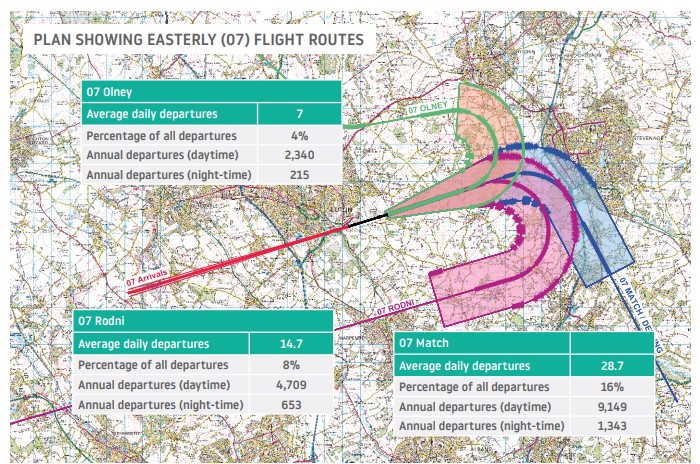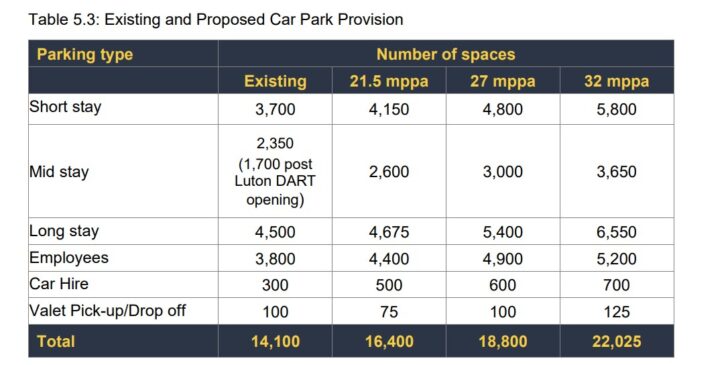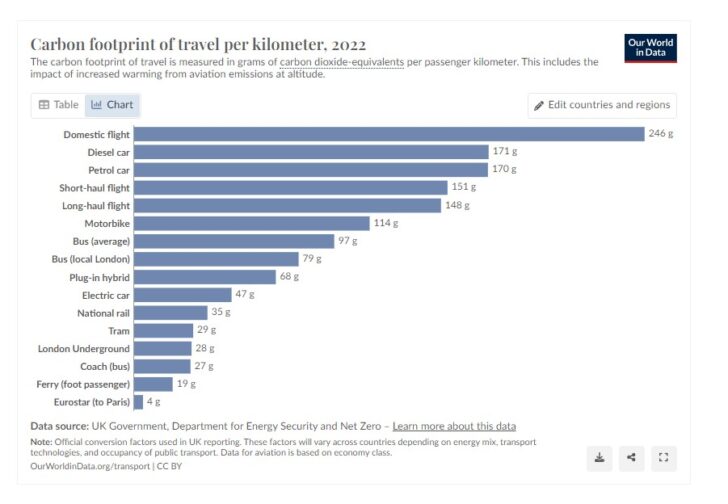Luton Airport Expansion impact – our 9-mile walk to raise awareness
Here at CPRE we’ve long been campaigning against Luton’s proposed airport expansion. And on 29 September 2024, we organised a walk to raise awareness about the damaging impacts on local communities if the expansion goes ahead.
It was a cloudy day, and the 9-mile (13.5 km) walk from Whitwell to Luton Airport, under its flight path, attracted a small but avid group of participants. The walk was led by Tim Hagyard, author of the book Chalkstream Reflections and former Planning Manager at CPRE Hertfordshire, and supported by Kruna Vukmirovic, passionate defender of the countryside and CPRE Hertfordshire Trustee. It was a valuable experience, allowing us to explore the beautiful area that could be lost if the expansion plans proceed.

Planning status of the proposed airport expansion
The proposed £2.4bn expansion of Luton airport aims to nearly double its capacity from 18 to 32 million passengers per annum. It includes a new terminal, new long-stay car park, new taxiways, and an extension of the Luton Dart rail service.
Put into context, expanding Luton Airport to 32 million passengers per year is the equivalent of every person living in Hertfordshire, Bedfordshire and Buckinghamshire all making more than one flight each month, every month, year in and year out. We think this is outrageous.
Luton Borough Council is the sole shareholder of Luton Rising, the company that owns Luton airport. As the only major UK airport entirely owned by its local planning authority, the project carries local sensitivities.
In 2023, Luton Airport was granted permission to increase passengers from 18 million to 19 million a year and relax the noise contours around the airport up until 2031. The Inspectors Panel recommended this because of expected economic benefits (creation of new jobs) and the government approved it.

The decision on the current proposed expansion was delayed by the General Election and then subsequently by Transport Secretary Louise Haigh. A decision is now expected in early January 2025. The expansion will be determined by the government as it is classified as a Nationally Significant Infrastructure Project. This means that the Development Consent Order represents the final planning decision, although this is then followed by a six-week period for any legal challenge in the High Court.
Government position on airports and aviation
The Labour Manifesto made only brief references to the expansion of existing airports, focusing instead on securing the long-term future of UK aviation. This includes promoting ‘sustainable aviation fuels’ (SAF) and encouraging ‘airspace modernization’.
Mike Kane, Aviation Minister, highlighted [1] last year that meeting the 10% SAF target is a legal requirement of the Paris Agreement [2] on climate change, and one that his party will be meeting. (In April 2024, the outgoing government introduced a new mandate including a requirement for 2% SAF usage by 2025, increasing annually to 10% by 2030.)
Aircraft emissions and misleading advertising
Aircraft engines emit carbon dioxide accounting for around 70% of their emissions. The rest is nitrous oxides, sulphur dioxide and particulate matter. Approximately 90% of emissions occur higher than 3000 meters. However, aircraft ground and low altitude operation produce the same emissions with an added impact on the local air quality [3].
Between 1990 and 2017, while overall UK territorial emissions fell by more than two-fifths (42%), UK aviation emissions doubled. Aviation is one of the most difficult sectors to decarbonise and its impact on climate change is complex.
The UK government increasingly finds itself at odds with the scientific consensus on viable pathways to achieving net zero emissions, while also struggling with its own legally mandated climate obligations. The UK Committee on Climate Change (CCC) has recommended that aviation emissions be capped at 25% above 2018 levels. But even under this scenario, flying would consume 36% of the UK’s available carbon budget by 2050. The CCC advocates against local airport expansions and calls for a reversal of air traffic growth to meet climate targets.
Moreover, the proposed Luton Airport expansion contradicts Luton Borough Council’s Climate Emergency declaration. This commits the council to achieving carbon neutrality by 2026 or sooner, and to reaching ‘net zero’ by 2040.
Proponents of the expansion promote the potential benefits, including the creation of 11,000 new jobs, and an additional £1.5bn for the economy, as well as an annual community fund of £14 million for Luton and neighbouring areas. However, the ‘Green Controlled Growth’ [4] framework proposed by Luton Rising has been criticised and we believe is ultimately flawed.
In July 2024, following complaints, the Advertising Standards Authority (ASA) banned adverts [5] by Luton Rising, concluding that their environmental claims were misleading. ASA ruled that the adverts lacked transparency because they failed to account for emissions from flights, thereby omitting significant information.
Widespread opposition to the proposed airport expansion
The proposed expansion has faced opposition from thousands of residents, nearby district councils in Hertfordshire, and Hertfordshire County Council. Objections include the negative impact on local communities, landscapes, cultural heritage, and transport infrastructure. Ladacan (the Luton and District Association for the Control of Aircraft Noise), a community group, has been vocal in its opposition to any further expansion.

A much larger Luton Airport would increase noise and air pollution not only over the surrounding area but also over many towns and villages in across a wider swathe of Hertfordshire, Bedfordshire, and Buckinghamshire. It would worsen the existing traffic congestion on local roads. And it would lead to the destruction of adjacent green spaces such as Wigmore Valley Park and trees that are vital in absorbing carbon.
Noise impact on local communities
We walked from Whitwell toward the airport and experienced the roar of aircraft taking off as they climbed in an eastern direction. A mix of low-cost international flights, domestic, freight, and private and charter jets utilise the airport.

The noise footprint below confirmed our experience that the most affected village of Breachwood Green hits decibel levels of 70. Areas of Luton itself are regularly affected by aircraft noise. What are the ongoing impacts of this for peoples well being?

A study published in the British Medical Bulletin found that in children, chronic aircraft noise exposure impairs reading comprehension and long- term memory [6].
The World Health Organization (WHO) has also highlighted the serious health impact of noise pollution. In 2011, the WHO estimated that environmental noise, including road traffic and aircraft noise, leads to the loss of 1 to 1.6 million healthy life years annually in high-income Western European countries [7].
Air pollution impact on local communities
Additionally, the WHO has emphasised the widespread health risks posed by air pollution. Fine particulate pollutants can penetrate deep into the lungs and spread throughout the body, leading to inflammation and increased risk of cancer. The diseases that are most strongly linked with exposure to air pollution include stroke, ischaemic heart disease, chronic obstructive pulmonary disease, lung cancer, and pneumonia. There is also growing evidence that air pollution causes low-birth rate, diabetes, cognitive impairment and neurological diseases [8].
They paved paradise, put up a parking lot
During our walk we observed the potential physical changes that would result from the proposed airport expansion. On the eastern part of the site this extends into Wigmore Valley Park – open wildflower meadows and woodland areas that are currently accessible to the public. The expansion would lead to the destruction of large parts of the Park, resulting in the loss of biodiversity and natural habitat for wildlife as well as the loss of community recreation space.
The site lies high within the Mimram chalk tream catchment area. The project would involve significant earthworks, raising concerns about surface water run-off and downstream pollution of precious chalk stream wildlife habitats.

The expansion of long stay car parking areas to the east over the countryside is part of the 7,925 extra spaces within an overall so called ‘Green Controlled Growth’ framework, further exacerbating environmental pressures.

The chart below entitled ‘Carbon footprint of travel per kilometer, 2022’ shows the carbon emissions for varying forms of transport. The Eurostar has least emissions and domestic flights the most. On average one person’s domestic flight has a carbon emissions footprint approximately seven times that of a domestic train journey.

Policy options
Ceasing airport expansion and flying less is the best way to reduce carbon emissions in the critical next few years before 2030. And flying less should not be a taboo subject. Aviation emissions are growing at a rate too high to ignore, and policy-makers should not be championing aviation growth knowing how difficult it is to decarbonise the sector. There are realistic ways of flying less.
One way to achieve this is by switching from flights to trains for domestic and short haul journeys. This could be voluntary or by mandate. For example, in 2023 France introduced a ban on short haul domestic flights for journeys possible in less than 2.5 hours by train.
We saw during the recent pandemic how businesses adjusted to flying less. Tactics include changing venues for meetings and doing more videoconferencing instead of holding in-person meetings.
For leisure travel, it may be possible to take fewer longer holidays when flying rather than more frequent short ‘carbon hungry’ trips.
Pricing to reduce travel is another way to cut aviation emissions. A Frequent Flyer Levy (FFL) is a serious proposition which has the support of the government’s official body, the Committee on Climate Change. In the UK, just 15% of people take 70% of all flights while nearly 50% of the population do not fly at all each year (as of 2021) [9]. A FFL would be a fair and effective way of capping aviation emissions and addressing this. The FFL would apply a charge, starting at zero or a de minimis level for the first flight and increasing for every subsequent flight taken within a year. It could replace the existing flat rate Air Passenger Duty – introduced in 1994 to offset the environmental impact of air travel – which currently applies to every passenger ticket.
A further action would be to give people better information about emissions when they fly. Unfortunately, there is too much misinformation and too little understanding among the public. A 2024 survey [10] showed that only 63% of people thought flying was more harmful than train travel, while 11% thought that flying was better for the environment.
Another option is charges or limits on private jets. On our walk on 29 September we monitored flights. The increasing number of private jets is a concern given their far greater impacts [11], up to 14 times more than a standard passenger flight. The government seems to recognise this, as the Autumn 2024 Budget announced on 30th October included a significant increase in Air Passenger Duty for private jets, up to £1,141 per passenger.
CPRE Hertfordshire continues campaigning against expansion proposals
CPRE Hertfordshire continues to campaign against the damaging Luton Airport expansion proposals and raising concerns about the ecological and climate impact of the expansion.
We are a membership charity, and we encourage everyone concerned about the countryside, nature and the environment to join in with us. All of our work is funded through memberships and donations. It’s easy and quick to join online, and we hugely appreciate all donations of any amount. Thank you for your support.
References:
[2] The Paris Agreement | UNFCCC
[4] Green controlled growth at Luton airport? – Zero Carbon Luton
[5] Luton Airport ads banned for forgetting the planes – The Earthbound Report
[8] Air quality, energy and health, World Health Organization
[9] A few frequent flyers ‘dominate air travel’ – BBC News
[10] europe-talks-flying-report-9th-april-2024.pdf (moreincommon.org.uk)
[11] How bad are private jet emissions for the environment? – Airport Technology (airport-technology.com)






